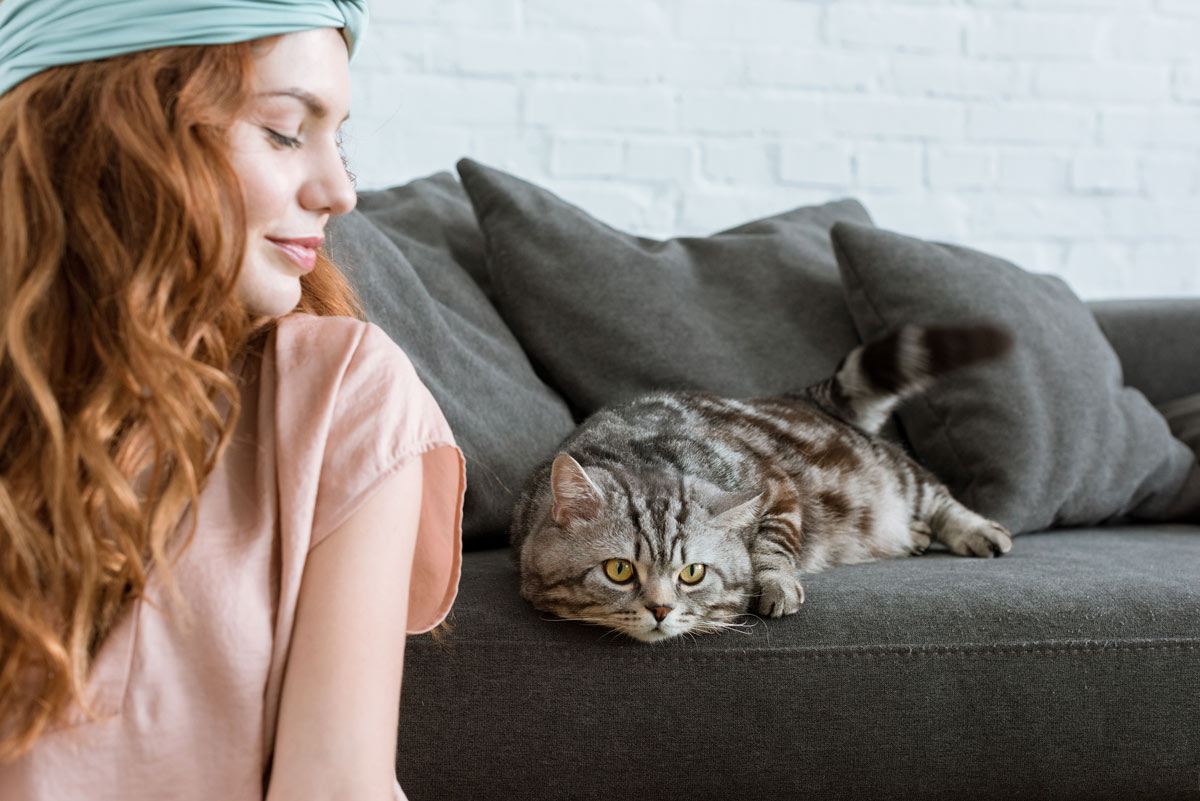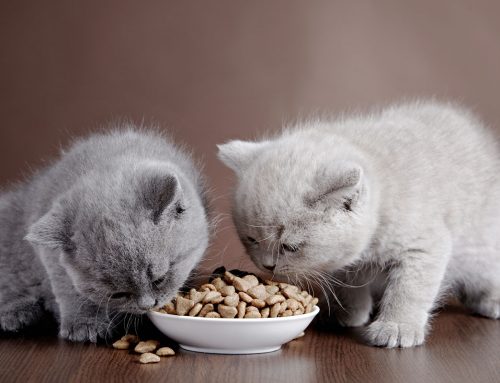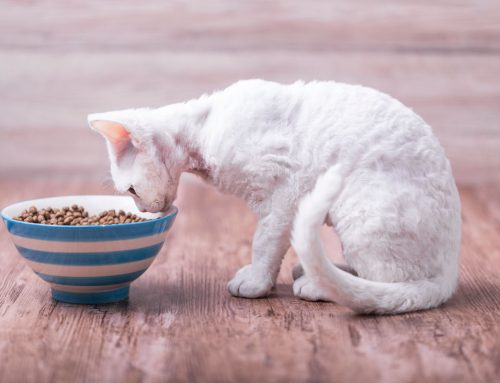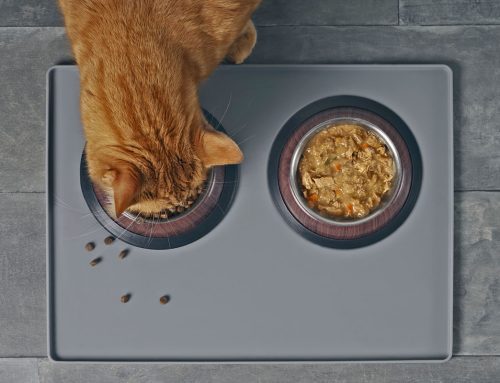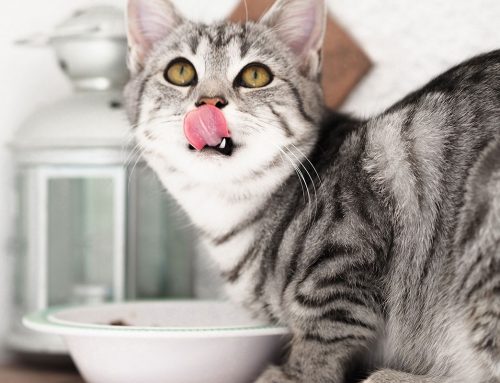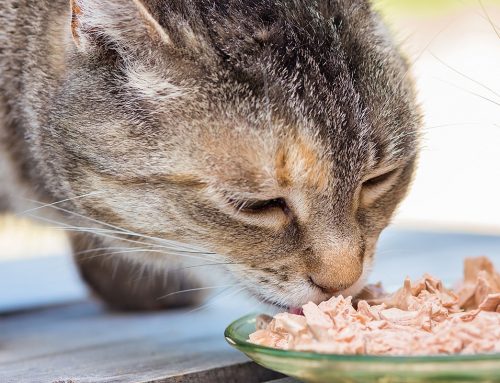With the seemingly ever-growing selection of cat food for your indoor cats, figuring out the best diet for your cat can be a difficult task. This only becomes more complicated when you realize the difference in needs for indoor and outdoor cats. While they have the same nutrient requirements, indoor cats need to meet those nutrient requirements on a lower calorie diet due to their lower activity levels. So, to help you figure out the best cat food for your indoor cats, here are the exact nutrients they need and how you can ensure their diet contains everything they need.
What Makes Indoor Cat Food Different?
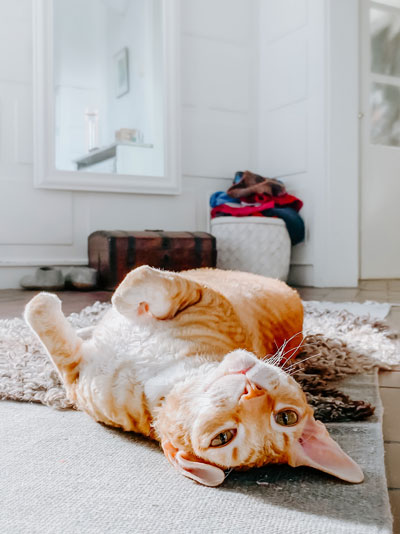
Unlike outdoor cats whose major risks revolve around the outdoor environment, indoor cats are far more likely to develop lifestyle diseases such as obesity and diabetes. So, while all cats have the same dietary requirements, indoor cats need to meet these dietary requirements with fewer calories because of their lower activity levels. Indoor cats are also more prone to hairballs due to a lack of seasonal variation causing continuous shedding throughout the year. To help combat this, indoor cat food generally contains higher amounts of fiber to help hairballs move through the gastrointestinal tract.
The Best Recommended Diet for Indoor Cats
With the continuously growing variety of cat foods, it can quickly become confusing to figure out which indoor cat food fits the needs of your cat best. Essentially, the nutritional requirements of every cat boils down to a combination of amino acids from protein, fatty acids and carbohydrates, vitamins, minerals, and water. All of these nutritional requirements must be met to ensure the health of your cat on a relatively low amount of calories. This typically means a low carbohydrate diet with large amounts of protein and natural fats.
These requirements are usually met with cat food specifically labeled for indoor cats. However, each brand of indoor cat food can have variances that make different ones a better choice for your cat based on their needs. To ensure the indoor cat food you feed your cat contains high-quality ingredients always look for the source of the protein, food products without any grains and fillers, and food with vegetable fiber. Even though cats are carnivorous, they still require vegetable fiber as it mimics the fiber they would receive from eating grass in the wild.
[amazon table=”1306″]
What Type of Cat Food Should You Feed Your Cat?
While every cat requires the same nutritional requirements, the amount of each nutrient varies based on the size of your cat and the age of your cat. You also need to consider whether canned food or dry kibble works best for your cat’s diet. Since indoor cats have far lower activity levels, you need to ensure they receive all of the nutrients they need without excessive amounts of calories. This generally follows a low carbohydrate diet that’s high in protein and fats.
Canned Indoor Cat Food
For most indoor cat owners, canned cat food made for indoor cats makes for the simplest way to ensure your cat receives all of the nutrients and water they need in their diet. In fact, one of the largest risk factors for obesity in cats is a dry food diet. Given that dry foods usually contain higher amounts of carbohydrates, this makes sense since cats cannot properly digest carbs. Feeding your cats canned food also helps you portion out their meals appropriately instead of allowing your cat to graze on dry kibble throughout the entire day.
[amazon box=”B005HUVZW0″ description_items=”4″ template=”top_canned_food” title=”Original Grain Free, Real Rabbit Recipe Natural Wet Canned Cat Food by Nature’s Variety and Instinct Foods”/]
Dry Indoor Cat Food
Feeding your cat dry indoor cat food in portioned out meals makes for a great way to promote dental health for your cat. This is because the hard texture of dry food helps scrape off any plaque on their teeth. However, with dry cat food, you should investigate exactly what the kibble contains. Look for dry kibble made primarily out of proteins and fats. You can also consider adding water to their food to ensure they stay hydrated.
[amazon box=”B01BKYFR7K” description_items=”4″ template=”best_indoor_dry_food” title=”Protective Health – IAMS – Adult Indoor Weight & Hairball Control”/]
Kitten Indoor Cat Food
When choosing food for your kitten, make sure it’s high in proteins to promote healthy growth for your kitten. They need a nutrient-rich food to avoid any complications in their growth. You also want to feed them three to four small meals throughout the day instead of one or two large meals like you would with adult cats. This is because kittens struggle to eat large meals all at once without becoming bloated. For very young kittens, vets typically recommend wet food, but as they get older you can consider switching to dry kibble.
[amazon box=”B000WFKI82″ description_items=”4″ template=”best_for_kittens” title=”Natural Grain Free Wet Canned Cat Food for Kittens from Wellness” /]
Senior Indoor Cat Food
As your cat ages, you should consider changing their diet slightly to a lower calorie diet with nutrients that are easy for them to digest. This is because cats tend to become less and less active as they age. They also tend to develop more digestive issues that can make it difficult for them to process regular adult cat food. Most cat food brands recommend switching over to senior food at around the age of seven.
[amazon box=”B01M8O5ZM5″ description_items=”4″ template=”best_for_older_cats” /]
Frequently Asked Questions
How do I figure out the amount of protein and fat in my cat food?
While pet food labels do not require essential nutrients listed in grams, they do require minimum percentages of protein and fat. You can figure out how many grams of protein and fat your cat food contains by multiplying that percentage by the grams of a single serving.
Is there a difference between indoor cat food and regular cat food?
Cat food made specifically for indoor cats generally contains fewer calories with the same nutrients than regular cat food. This is to accommodate their lower activity levels preventing obesity and diabetes while still containing all of the essential nutrients they need for a healthy life.
What ingredients should I look for in my cat food?
Always look for cat food that’s high in protein and fat for optimal health. Cats need high-quality animal proteins in their diet as these products contain the ten essential amino acids that cats cannot naturally produce. You also want cat food high in fat as its the primary source of energy for cats since they cannot properly digest carbohydrates.
What ingredients should I avoid in the food I feed my cats?
Avoid any cat food that’s high in grains and fillers. These grains and fillers typically contain large amounts of carbohydrates that are difficult for your cat to digest. Diets high in carbohydrates can lead to a wide range of health-related issues from obesity and diabetes to irritable bowels and muscle weakness.
Is a vegetarian diet healthy for my cat?
Vegetarian diets can cause complications for your cat’s health. Since they’re naturally carnivorous animals, they cannot properly digest most plant-based products. This can lead to a wide range of deficiencies in the nutrients that they require.
Best Sellers List
[amazon bestseller=”Indoor Cat Food”]

